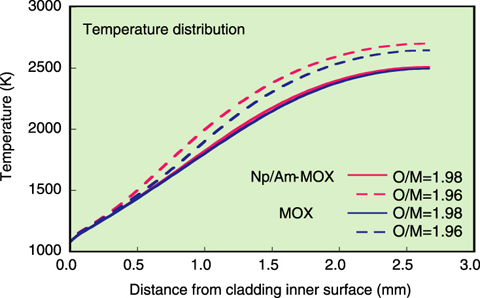
Fig.1-20 Cross-sectional microstructure of Np/Am-MOX pellet irradiated at 430 W/cm for 10 min

Fig.1-21 Temperature dependence of thermal conductivity

Fig.1-22 Radial temperature distribution in the pellet
Uranium and plutonium mixed oxide (MOX) fuels containing minor actinide elements have been developed as fuels for Japan sodium cooled fast reactors. The minor actinide elements such as Np and Am are generated by nuclear reaction in reactors; these elements will be recovered from spent fuels and used as fuels in an advanced nuclear cycle. To develop such a new type of fuel, it is essential to describe the irradiation behavior and to evaluate fuel temperature. Irradiation tests of Np- and Am-bearing MOX (Np/Am-MOX) fuel pins were carried out in the fast reactor Joyo as part of this development, and microstructural change and migration of Np and Am were investigated in the irradiated fuel pellets. In addition, the physical properties of Np/Am- MOX pellets (melting temperature, thermal conductivity, oxygen potential, and lattice parameter) were measured, and the irradiation behavior of Np/Am-MOX was analyzed based on the resulting data.
Fig.1-20 shows the cross-sectional microstructure of the irradiated pellets. The oxygen-to-metal (O/M) ratio of the Np/Am-MOX pellets needs to be adjusted to a value lower than that of conventional fuel pellets (O/M≒1.98) for high burnup (for example, to less than 1.97). For this reason the irradiation tests were carried out as a function of the O/M ratio of the fuel pellets.
The fuel pins were operated at a high linear heat rate of 430 W/cm and held at this level for 10 min. A high linear heat rate in FBR fuel causes a large thermal gradient to form in the radial direction and elevates the maximum temperature of the pellets to over 2300 K. Thus it was observed that central hole formation and microstructural change occurred due to pore migration, as shown in Fig.1-20. In addition, the element distribution analysis showed that the concentration of Am and Pu increased around the central hole.
The temperature dependence of the thermal conductivities of Np/Am-MOX and MOX are shown in Fig.1-21. Addition of Np/Am had a small effect on the thermal conductivity, and a decrease in the O/M ratio led to a significant decrease in thermal conductivity. The temperature distribution was evaluated in the irradiated fuel pellets using equations derived from the measured physical properties.
In view of O/M redistribution in the radial direction of the pellet, the fuel temperature was analyzed. Fig.1-22 shows the calculation results. The low O/M fuel attained a higher temperature at the pellet center. In the measurement results, the melting temperature of Np/Am-MOX was over 3000 K, and the fuel pellet did not melt even at a high linear heat rate of 430 W/cm. The microstructural observation results also showed that the fuel pellet was unmelted.